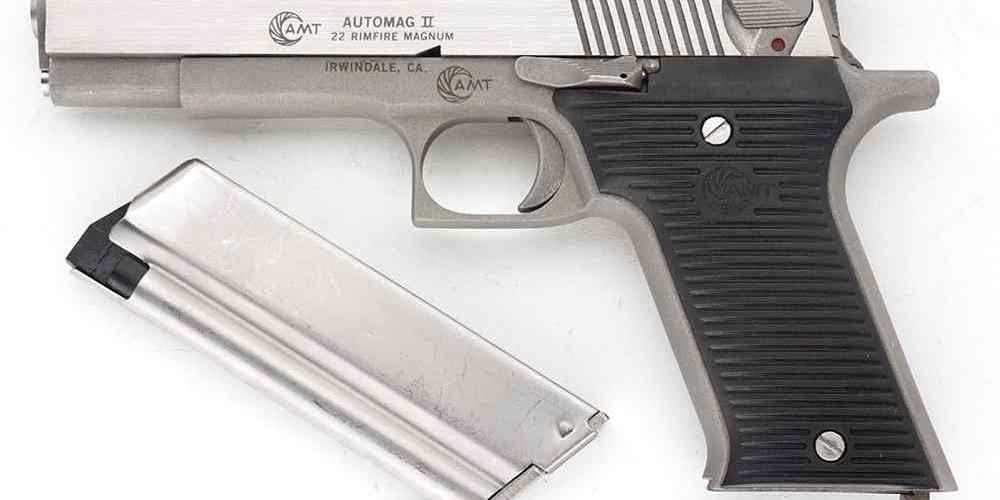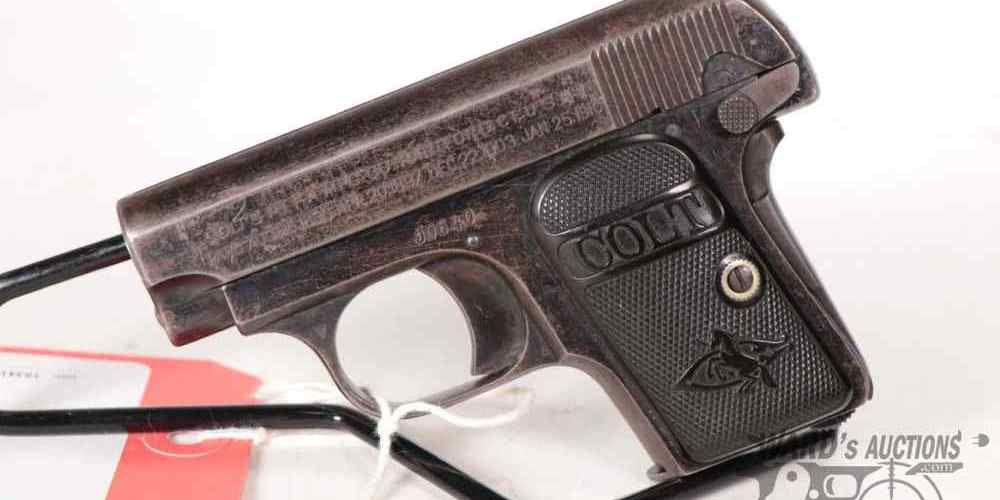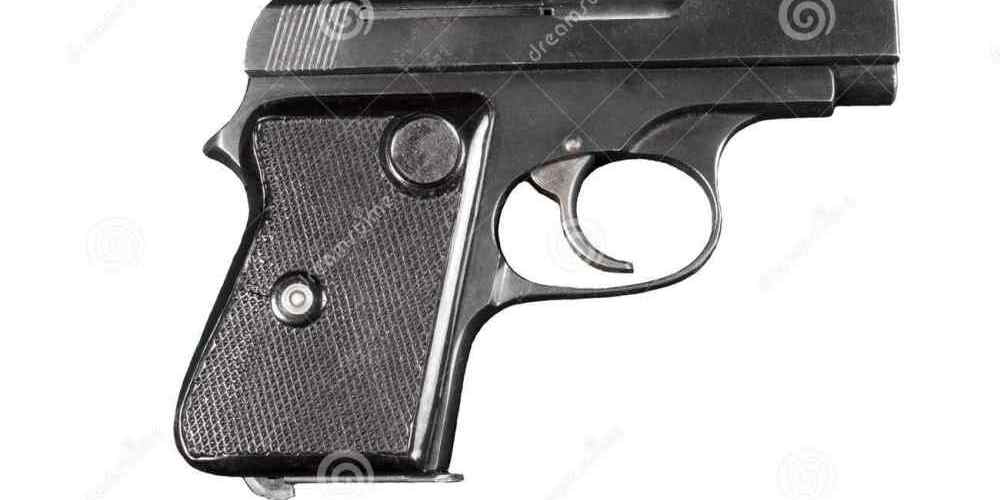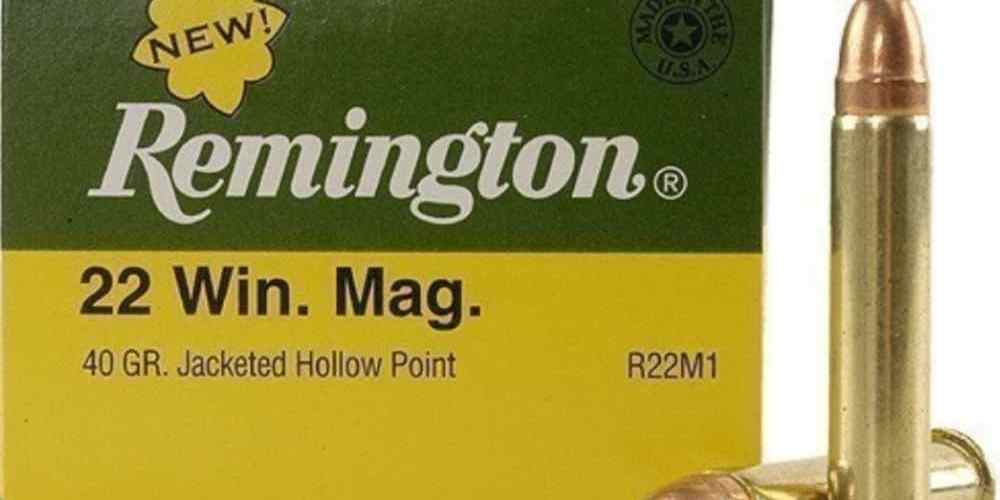“Precision ammunition grain weights for optimal semi-auto performance.”
Understanding the Importance of Ammunition Grain Weight in Semi-Auto Firearms
When it comes to shooting with a semi-automatic firearm, one of the most important factors to consider is the ammunition grain weight. Understanding how grain weight affects the performance of your firearm can make a significant difference in your shooting experience. In this article, we will explore the importance of ammunition grain weight in semi-auto firearms and how to match the right grain weight to your gun’s needs.
First and foremost, it is essential to understand what grain weight actually means. Grain weight refers to the weight of the projectile or bullet in a cartridge. The weight is measured in grains, with one grain equal to approximately 1/7000th of a pound. Different types of ammunition come in various grain weights, ranging from light to heavy.
The grain weight of your ammunition plays a crucial role in the functioning of your semi-automatic firearm. The weight of the bullet affects the amount of recoil generated when the gun is fired. Lighter bullets typically produce less recoil, making them easier to handle and control. On the other hand, heavier bullets tend to generate more recoil, which can impact your accuracy and shooting performance.
In addition to recoil, the grain weight of your ammunition also affects the velocity and energy of the bullet. Lighter bullets generally travel at higher speeds and have flatter trajectories, making them ideal for long-range shooting. Heavier bullets, on the other hand, have more energy and penetration power, making them suitable for hunting or self-defense purposes.
When choosing the right grain weight for your semi-automatic firearm, it is essential to consider the intended use of the gun. For target shooting or competition, lighter bullets with lower recoil are typically preferred. These bullets allow for faster follow-up shots and better accuracy. For hunting or self-defense, heavier bullets with more energy and penetration are recommended to ensure a clean and effective shot.
It is also important to consider the specific requirements of your firearm when selecting ammunition grain weight. Different guns are designed to function optimally with certain grain weights. Using the wrong grain weight can lead to malfunctions, misfeeds, or even damage to your gun. Consult your firearm’s manual or a knowledgeable gunsmith to determine the recommended grain weight for your specific model.
In conclusion, ammunition grain weight is a critical factor to consider when shooting with a semi-automatic firearm. The right grain weight can significantly impact the performance, accuracy, and reliability of your gun. By understanding the importance of grain weight and matching the right ammunition to your gun’s needs, you can enhance your shooting experience and achieve better results on the range or in the field. Remember to always prioritize safety and follow proper shooting practices when using your firearm.
How to Choose the Right Grain Weight for Your Semi-Auto Pistol
When it comes to choosing the right ammunition for your semi-automatic pistol, one of the most important factors to consider is the grain weight of the bullet. The grain weight refers to the weight of the bullet itself, measured in grains. Choosing the right grain weight for your semi-auto pistol can have a significant impact on its performance and accuracy.

One of the first things to consider when selecting the right grain weight for your semi-auto pistol is the caliber of the gun. Different calibers require different grain weights to achieve optimal performance. For example, a 9mm pistol will typically perform best with bullets in the 115 to 147 grain range, while a .45 ACP pistol may perform better with bullets in the 185 to 230 grain range.
Another factor to consider when choosing the right grain weight for your semi-auto pistol is the intended use of the gun. If you are using your pistol for self-defense or personal protection, you may want to choose a heavier grain weight bullet for maximum stopping power. On the other hand, if you are using your pistol for target shooting or competition, you may want to choose a lighter grain weight bullet for improved accuracy and reduced recoil.
It is also important to consider the barrel length of your semi-auto pistol when selecting the right grain weight for your ammunition. Longer barrel lengths typically provide higher velocities, which can affect the performance of different grain weights. For example, a heavier grain weight bullet may perform better in a longer barrel, while a lighter grain weight bullet may perform better in a shorter barrel.
When selecting the right grain weight for your semi-auto pistol, it is important to consider the manufacturer’s recommendations. Different pistol manufacturers may have specific recommendations for the grain weight of ammunition that is best suited for their guns. Following these recommendations can help ensure optimal performance and reliability.
In addition to considering the caliber, intended use, and barrel length of your semi-auto pistol, it is also important to consider your own personal preferences and shooting style when selecting the right grain weight for your ammunition. Some shooters may prefer the feel of a heavier grain weight bullet, while others may prefer the reduced recoil of a lighter grain weight bullet.
Ultimately, the best way to determine the right grain weight for your semi-auto pistol is through experimentation and practice. Try shooting different grain weights at the range to see which ones perform best in your gun. Pay attention to factors such as accuracy, recoil, and reliability to determine which grain weight is best suited for your needs.
In conclusion, selecting the right grain weight for your semi-auto pistol is an important decision that can have a significant impact on the performance and accuracy of your gun. Consider factors such as caliber, intended use, barrel length, manufacturer recommendations, and personal preferences when choosing the right grain weight for your ammunition. Experiment with different grain weights at the range to determine which ones work best for your specific needs. With the right grain weight, you can ensure that your semi-auto pistol performs at its best every time you pull the trigger.
Exploring the Impact of Grain Weight on Accuracy and Recoil in Semi-Auto Rifles
When it comes to selecting ammunition for your semi-automatic rifle, one of the key factors to consider is the grain weight of the bullets. The grain weight refers to the weight of the bullet in grains, with one grain equaling approximately 1/7000th of a pound. The grain weight of a bullet can have a significant impact on both accuracy and recoil, so it’s important to choose the right grain weight for your specific rifle.
One of the main considerations when selecting the grain weight of your ammunition is the twist rate of your rifle’s barrel. The twist rate refers to the rate at which the rifling in the barrel twists, which affects how the bullet spins as it travels down the barrel. Different twist rates are better suited to different grain weights, so it’s important to match the grain weight of your ammunition to the twist rate of your rifle.
For rifles with a slower twist rate, such as 1:12 or 1:14, lighter grain weights are typically more accurate. This is because the slower twist rate may not stabilize heavier bullets as effectively, leading to decreased accuracy. On the other hand, rifles with a faster twist rate, such as 1:7 or 1:8, are better suited to heavier grain weights. The faster twist rate can stabilize heavier bullets more effectively, leading to improved accuracy.
In addition to accuracy, the grain weight of your ammunition can also affect recoil. Heavier grain weights typically produce more recoil, while lighter grain weights produce less recoil. This is because heavier bullets have more mass and therefore more energy when fired, leading to increased recoil. If you’re sensitive to recoil or looking to reduce the felt recoil of your rifle, opting for lighter grain weights may be a good choice.
Another factor to consider when selecting the grain weight of your ammunition is the intended use of your rifle. For long-range shooting, heavier grain weights are often preferred due to their increased stability and accuracy at longer distances. On the other hand, for close-range shooting or hunting, lighter grain weights may be more suitable due to their higher velocity and flatter trajectory.
It’s also important to consider the manufacturer’s recommendations when selecting the grain weight of your ammunition. Different rifles may have specific grain weight ranges that are recommended for optimal performance. By following the manufacturer’s recommendations, you can ensure that you’re using ammunition that is compatible with your rifle and will provide the best possible performance.
In conclusion, the grain weight of your ammunition plays a crucial role in the accuracy and recoil of your semi-automatic rifle. By matching the grain weight of your ammunition to the twist rate of your rifle, considering the intended use of your rifle, and following manufacturer recommendations, you can select ammunition that will optimize the performance of your rifle. Whether you’re looking for increased accuracy, reduced recoil, or improved performance at long-range distances, choosing the right grain weight is key to achieving your desired results.
Tips for Selecting the Best Ammunition Grain Weight for Your Specific Semi-Auto Model
When it comes to selecting the best ammunition grain weight for your semi-automatic firearm, there are a few key factors to consider. The grain weight of a bullet refers to its weight in grains, with one grain equaling approximately 1/7000th of a pound. The grain weight of a bullet can have a significant impact on the performance of your firearm, so it’s important to choose the right weight for your specific semi-auto model.
One of the first things to consider when selecting ammunition grain weight is the manufacturer’s recommendations for your specific firearm. Different semi-automatic models are designed to work best with certain grain weights, so it’s important to follow the manufacturer’s guidelines to ensure optimal performance and safety. Using the wrong grain weight can lead to malfunctions, decreased accuracy, and even damage to your firearm.
Another important factor to consider when selecting ammunition grain weight is the intended use of your firearm. If you’re using your semi-auto for target shooting or plinking, you may want to choose a lighter grain weight for faster velocities and flatter trajectories. On the other hand, if you’re using your firearm for hunting or self-defense, you may want to choose a heavier grain weight for deeper penetration and better terminal performance.
It’s also important to consider the barrel length of your semi-automatic firearm when selecting ammunition grain weight. Longer barrels typically provide higher velocities, which can affect the performance of different grain weights. If you have a shorter barrel, you may want to choose a lighter grain weight to compensate for the lower velocities. Conversely, if you have a longer barrel, you may want to choose a heavier grain weight to take advantage of the higher velocities.
When selecting ammunition grain weight, it’s important to consider the recoil of your firearm. Heavier grain weights typically produce more recoil, which can affect your accuracy and shooting comfort. If you’re sensitive to recoil or have trouble controlling your firearm, you may want to choose a lighter grain weight to reduce felt recoil. On the other hand, if you’re comfortable with recoil and want maximum stopping power, you may want to choose a heavier grain weight for better terminal performance.
In conclusion, selecting the best ammunition grain weight for your specific semi-automatic model is crucial for optimal performance and safety. By considering factors such as manufacturer recommendations, intended use, barrel length, and recoil, you can choose the right grain weight to suit your needs. Whether you’re target shooting, hunting, or using your firearm for self-defense, selecting the right ammunition grain weight can make a significant difference in your shooting experience. So take the time to research and experiment with different grain weights to find the perfect match for your semi-auto.
Comparing Different Grain Weights for Semi-Auto Handguns and Rifles
When it comes to selecting ammunition for your semi-automatic handgun or rifle, one of the key factors to consider is the grain weight of the bullets. The grain weight refers to the weight of the bullet itself, and it plays a crucial role in determining the performance and effectiveness of the ammunition. In this article, we will explore the different grain weights available for semi-auto firearms and discuss how to choose the right one for your specific needs.
One of the most common grain weights for semi-auto handguns is 115 grains. This weight is popular among shooters for its versatility and balance of power and speed. 115-grain bullets are suitable for a wide range of applications, from target shooting to self-defense. They offer a good balance of recoil control and stopping power, making them a popular choice for many shooters.
If you are looking for a slightly heavier option, you may want to consider 124-grain bullets. These bullets offer a bit more weight and power compared to 115-grain bullets, making them a good choice for self-defense or competition shooting. 124-grain bullets are known for their reliability and accuracy, making them a popular choice among experienced shooters.
For those who prefer even heavier bullets, 147 grains may be the way to go. These bullets offer increased stopping power and penetration, making them ideal for self-defense situations. However, it is important to note that heavier bullets may also result in increased recoil, so it is essential to practice and ensure proper grip and stance when using them.
When it comes to semi-auto rifles, the grain weight of the bullets can vary significantly depending on the caliber of the rifle. For example, 55-grain bullets are commonly used in rifles chambered in .223 Remington or 5.56 NATO. These bullets are lightweight and offer high velocity, making them suitable for target shooting and varmint hunting.
If you are looking for a heavier option for your semi-auto rifle, you may want to consider 77-grain bullets. These bullets offer increased stability and accuracy at longer ranges, making them a popular choice for precision shooting and competition. 77-grain bullets are known for their consistency and reliability, making them a favorite among serious shooters.
Ultimately, the best grain weight for your semi-auto handgun or rifle will depend on your specific needs and preferences. It is essential to consider factors such as intended use, shooting distance, and personal comfort when selecting ammunition. Additionally, it is crucial to practice regularly with your chosen ammunition to ensure proper handling and performance.
In conclusion, the grain weight of the bullets you choose for your semi-auto handgun or rifle can have a significant impact on performance and effectiveness. By understanding the different grain weights available and their respective advantages, you can make an informed decision when selecting ammunition for your firearm. Whether you prefer lightweight bullets for speed and agility or heavier bullets for increased stopping power, there is a grain weight that will suit your needs. Remember to practice regularly and ensure proper grip and stance to maximize the performance of your chosen ammunition.






